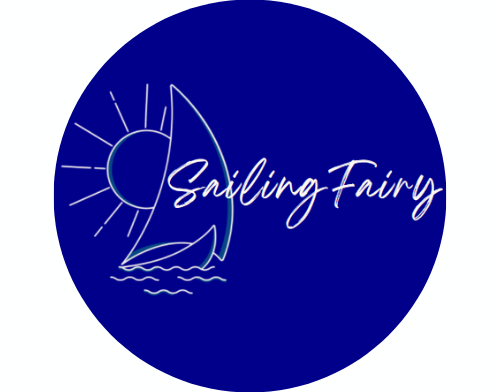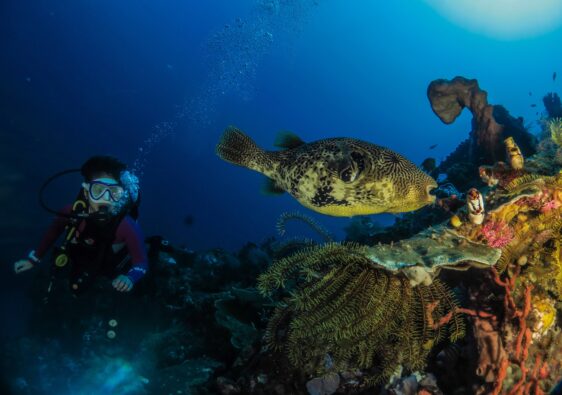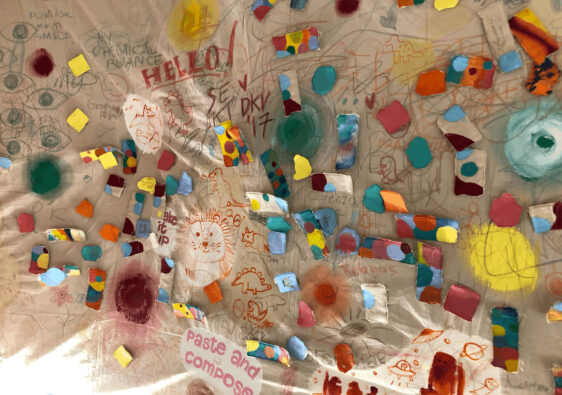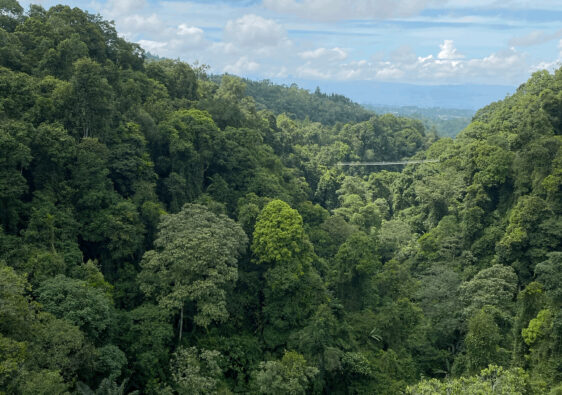Diving at USAT Liberty Wreck is in the bucket list for most wreck divers in Indonesia.

This US Army Transport ship was torpedoed by a Japanese submarine in 1942, and lies on a sand slope in 9 to 30 meters of water. This wreck is about 130 meters long with the shallowest part at about 5 meters deep and the deepest at about 30 meters deep.
It takes around 3 hours drive from Ngurah Rai Airport in Denpasar to reach Tulamben beach, but only a short walk and dive from the beach to the wreck.

It’s so easy to find good accommodation here, you can find resorts with direct access to beach. Mimpi Resort Tulamben hosts at least 3 dive sites just in front of the hotel, while from Tauch Terminal Resort Tulamben you’d get direct access to USAT Liberty wreck dive site.
You can dive the whole time of day in this wreck. Early in the morning around 5.30am, would be a perfect time to see bumphead fish sleeping near the wreck. A night dive would be a good opportunity to see them coming back to the wreck for their rest, and to see different creatures that would emerge during night time. Bring your dive torch, prepare to see the brighter light of the healthy corals growing from the wreck, but watch where you’re going. Be prepare to duck dan dive, trying to keep your head from hitting the wreck when you dive inside the wreck.
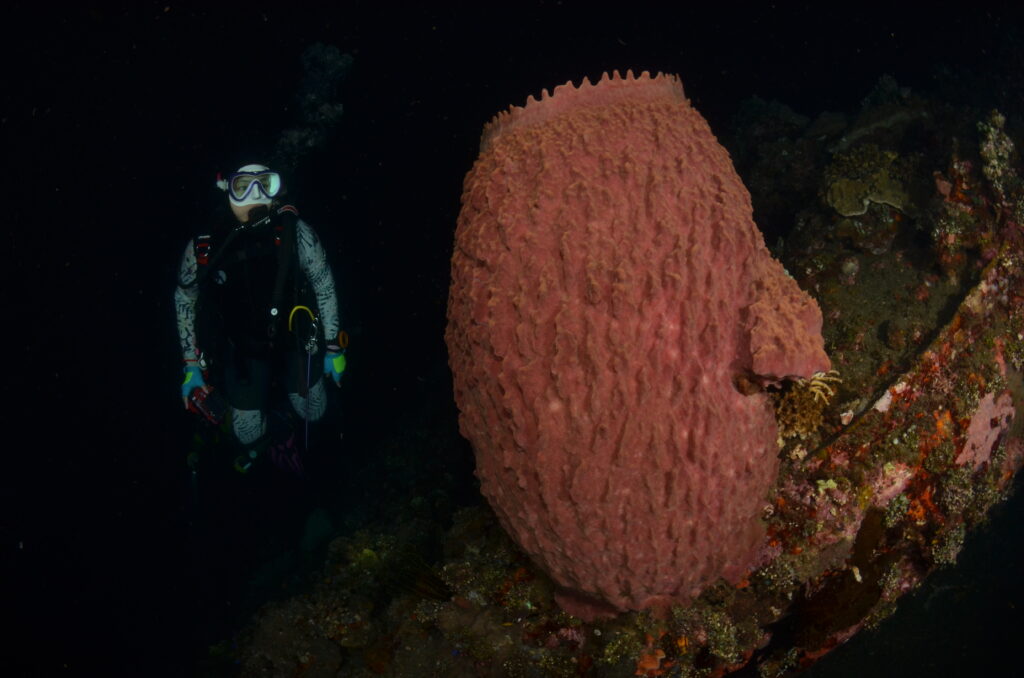
Take a closer look to the sand near the wreck, and you will see eels popping up from a small area that is knows as the Garden Eel. It’s fun to see but also would make you nervous if you didn’t realize that you just dive passed the garden eels and didn’t realize that anytime an eel can pop up from a hole!
Enjoy your time, breathe slowly to conserve your oxygen, cause you would want to enjoy so much time in this wreck.
Spare at least 2 or 3 dives at this wreck, because you will not see the same things twice. In one dive you might only want to dive around the bumpheads, in another dive you might want to stay and watch the eels dancing on the Garden Eels, take a tour around the wreck or you might even want to watch the tiny pink-eye goby fish living on top of the coral.

It is always a breathtaking adventure, but remember the diving rule for not holding your breath!
